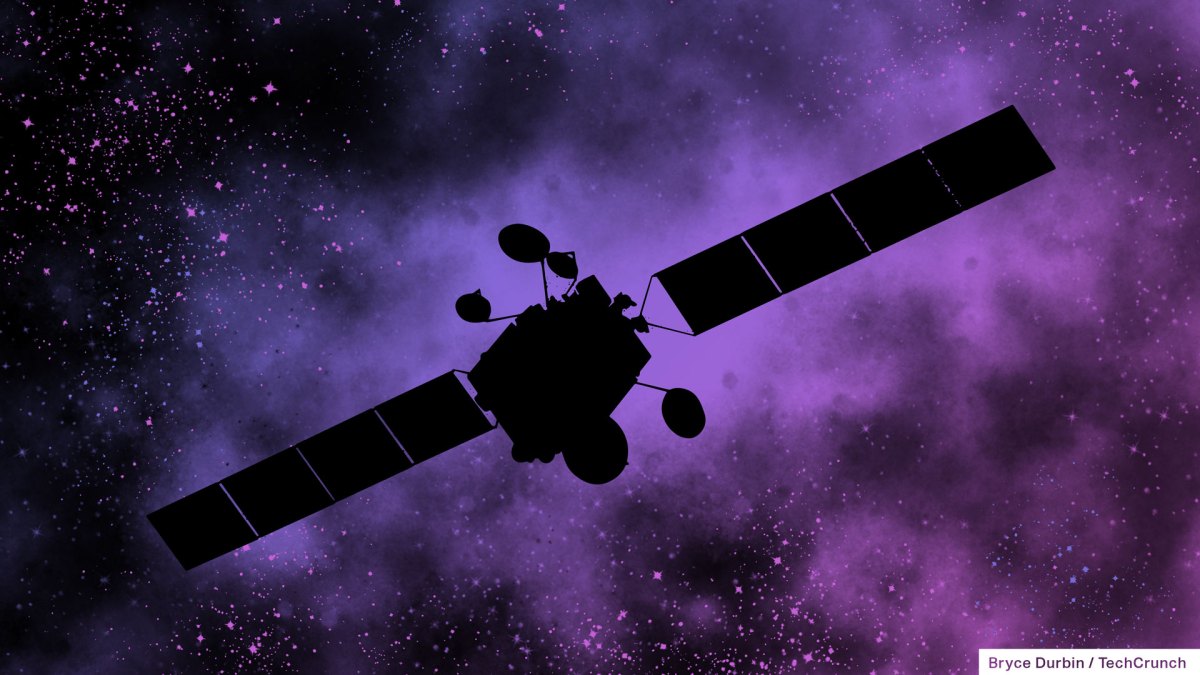Magnestar wants to solve the satellite signal interference problem for the entire space industry | TechCrunch
Satellites depend on radio frequency spectrum to communicate with each other and with ground stations on Earth, but spectrum is a finite resource that’s prone to interference — an issue that’s only gotten worse as more satellites are launched into orbit.
Satellite operators have become increasingly concerned that growing numbers of spacecraft over the same region of Earth, using the same portion of the spectrum (called a frequency band), will generate more signal interference. To reduce this risk, operators typically coordinate with one another and enter into agreements to ensure interference is limited. But coordinating between many different satellite operators, and tracking these agreements over time, is a costly, time-intensive burden.
Consider the process in the United States. Spectrum allocation falls under the jurisdiction of the Federal Communications Commission, which approves satellite applications in “processing rounds.” Once a constellation is approved in a round, the operator of that constellation may have to coordinate with operators in all previous rounds and submit analyses for each earlier round to demonstrate that their satellites will not generate interference.
“It’s quite a strenuous process,” Magnestar founder and CEO Jacqueline Good explained in a recent interview before pitching at the Startup Battlefield competition at TechCrunch Disrupt. “All of a sudden, the number of problems around spectrum management within the space sector are compounding. It’s the basic problem around signal interference: multiple satellites communicating in the same frequency band over a given region potentially interfering with each other, the coordination process of how these satellite operators.”
Even once an agreement is made, operators “have no way of actually ensuring that those agreements are being complied to, and minimal efforts to actually monitor output of that agreement,” she added.
The result is overworked regulators and overworked operators, with modeling, simulation and tracking tools that are hardly up to the task at hand. Magnestar’s solution is a software platform called 24/7x, which conducts interference simulations and runs specific calculations, like signal to noise ratio, to ensure that the RF environment remains clean. The technology is embedded into a “peer-to-peer” operator sandbox, so operators can communicate with each other and send data back and forth in a standardized, autonomous way.
“Once they are in that peer-to-peer sandbox, they can complete the coordination directly in that sandbox,” Good explained. Magnestar’s technology can perform 10 times the number of simulations compared to existing tech, she said.
The software also catalogues coordination agreements, which can help companies manage — and adhere to — these agreements. While Magnestar’s technology does not magically turn spectrum into a finite resource, Good argued that as coordination improves, companies will be better able to share spectrum dynamically, which would be a game-changer for the industry.
“Even operators who have a lot of spectrum and are only using 10-15% of their allocation, would potentially be able to share some of that spectrum or even sublease some of that spectrum in an exchange-type market,” Good said. “That can only be accomplished if we ensure that the coordination agreements are being adhered to, and that they have clear pathways of connectivity.”
Good is a first-time founder who started Magnestar in December 2021. She had previously worked as a director of data strategy and product management at Canada’s $124 billion pension fund OMERS, and for Canadian software company TIBCO, engineering and helping deploy enterprise data infrastructure systems in multiple industries.
“I just realized very deeply that I had this love for space,” she said. “I knew I wanted to build the company at that point. I had built up enough skills and networked in order to build a company and I decided that I wanted to build it in space.”
To get started, she applied to the International Space University and received funding from the European Space Agency to study space engineering. She was also accepted to the British accelerator Entrepreneur First and was the tenth solo founder to have ever completed the program, out of a portfolio of over 600 companies.
She connected with over 25 satellite operators within the first six months of starting the company, and “everybody was referencing signal interference, coordination being an absolute bottleneck within their companies, and post-coordination monitoring being a massive issue as well,” she said.
Magnestar currently employs five people full-time and three people part-time. The startup raised a $1.1 million pre-seed round at the end of last year, and is currently in the process of raising a full seed.
Beyond fundraising, the team is staying busy: Magnestar is currently in the process of beta testing, and plans on starting an early adopter program in February 2024 that will enable up to 10 operators to use the software for two-three months. From there, the company hopes to transition these operators into a full license that’s paid on a monthly or annual basis.
The longer-term vision is to have hundreds, if not thousands, of users employing the technology on a regular basis, and to make 24/7x the “industry-wide standard” for interference management, Good said.
“This issue is only going to be growing as we go from 8,000 satellites in space today to over 100,000 satellites. Deconflicting the signal interference and signal collisions in real time is something that is being moved toward as an industry that we’re well positioned to solve.”




